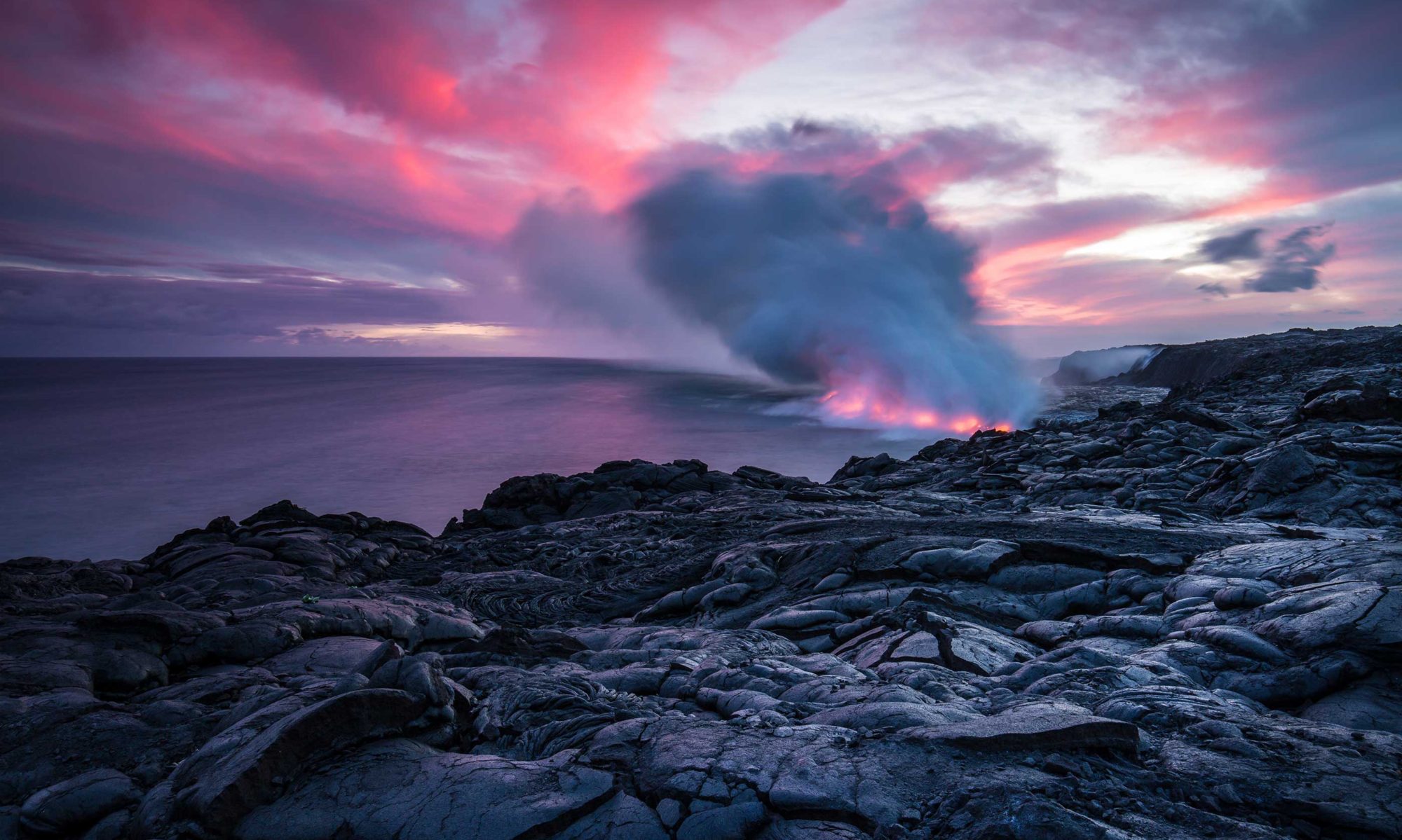NASA’s breakthrough in ocean floor mapping
A major scientific breakthrough in ocean floor mapping has been achieved with new data from NASA’s Surface Water and Ocean Topography (SWOT) satellite, which revealed approximately 100,000 seamounts across the globe—more than doubling previous estimates. This achievement marks a significant advancement in the ability to chart underwater topography, an area covering over 70% of Earth’s …
Continue reading “NASA’s breakthrough in ocean floor mapping”

